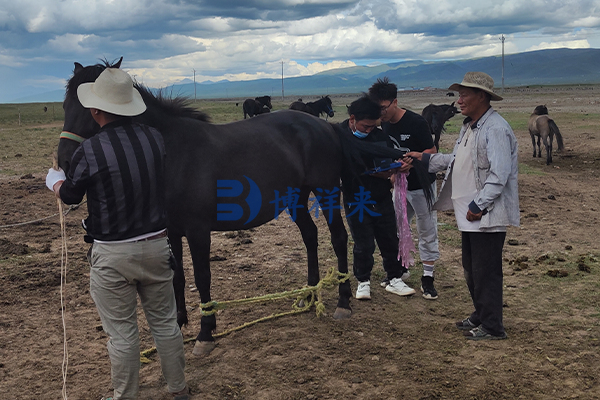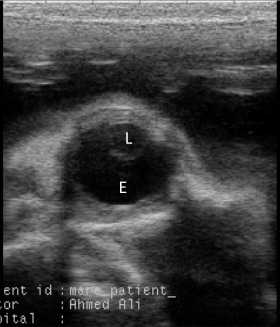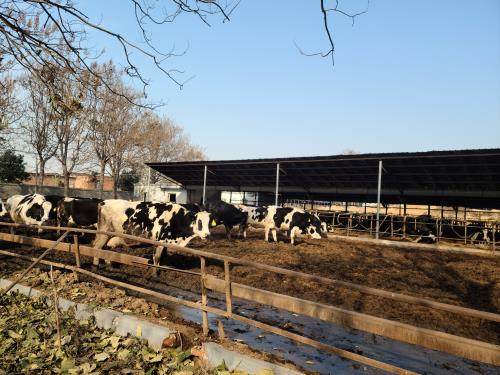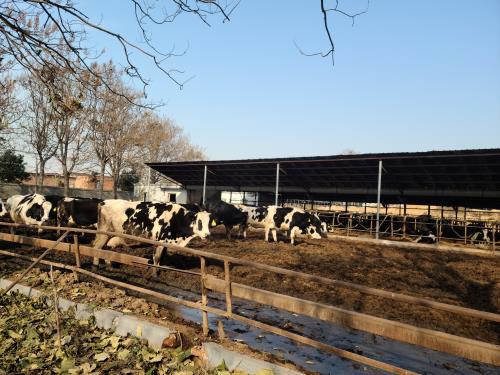The importance of transrectal ultrasound examination for the diagnosis of pregnancy in mares decreases after 60 days of gestation. At this stage, the focus of the ultrasound value of animal B-ultrasound machines shifts to the diagnosis of fetuses. In situations where there is uncertainty regarding the exact service date, measurements determined through fetal measurements can be used to assess gestational age. Abnormal pregnancy can also be achieved through this method.

Animal B-ultrasound machine for detecting horse pregnancy
The technical difficulties associated with ultrasound examination of horse fetuses depend on the stage of pregnancy. In approximately half of the mares examined between the 80th and 100th day of pregnancy, the fetus is located outside the ultrasound range. At this stage, relatively small fetuses often descend from the ventral aspect of the skull into the uterus, far beyond the edge of the pelvis. Starting from the fourth month, it becomes increasingly easy to come into contact with certain parts of the fetus, so only 10% to 20% of fetuses still cannot be reached between the fifth and eleventh months of pregnancy. The availability of individual fetal parts for ultrasound examination also largely depends on the stage of pregnancy.
The eyes are fetal organs and are most commonly used for fetal measurements throughout the entire pregnancy process. As pregnancy progresses, the maximum diameter of the eyes roughly increases linearly.

Beast B-ultrasound machine measuring horse's glasses
The size of the stomach can be measured by positioning the ultrasound probe to display images with the maximum stomach length. Now it is possible to measure the maximum inner diameter of the hypoechoic lumen of the stomach. Other fetal parts can be displayed from the 90th day of pregnancy.








